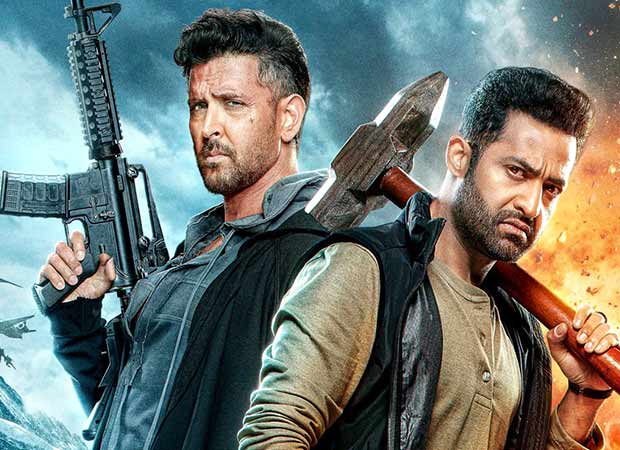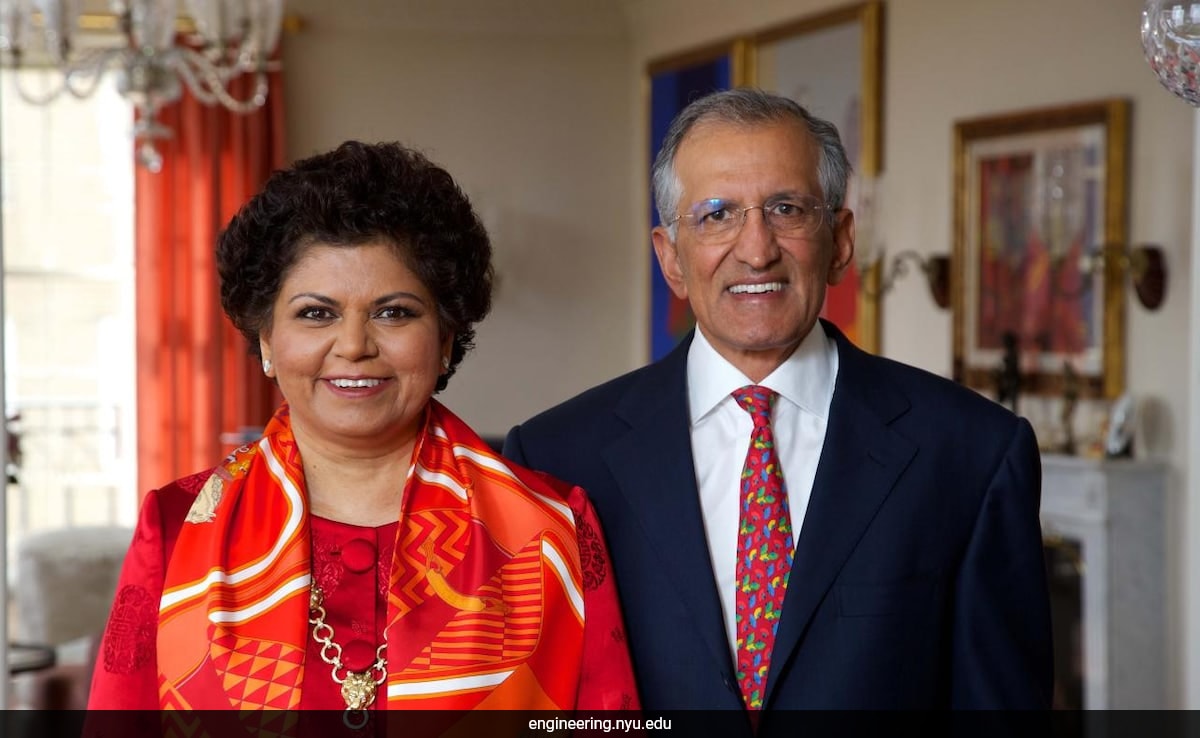NEW DELHI: As Bangladesh faced political upheaval, India had to act swiftly to ensure the safety of Prime Minister Sheikh Hasina as she left her country. Security agencies prepared for all eventualities as Hasina headed towards India in an Air Force jet.
Around 3pm, Indian Air Force radars detected a low-flying aircraft approaching the Indian border from Bangladesh.Air defense personnel, aware of the high-profile passenger onboard, allowed the aircraft to enter Indian airspace. To provide security, two Rafale fighter jets from the 101 squadron at Hashimara air base in West Bengal were deployed over Bihar and Jharkhand, according to ANI.
The aircraft followed its designated flight path, closely monitored by ground agencies, with constant communication between the plane and top Indian security officials. Air Chief Marshal VR Chaudhari and General Upendra Dwivedi, the chiefs of the Indian Air Force and Army, respectively, closely monitored the situation.
A high-level meeting was held with intelligence agency chiefs, General Dwivedi, and Lieutenant General Johnson Philip Mathew, the Integrated Defence Staff chief.
As Hasina’s jet landed at Hindan air base around 5:45pm, she was greeted by National Security Advisor Ajit Doval. They held an hour-long meeting, discussing the current situation in Bangladesh and her future plans. Doval then briefed the Cabinet Committee of Security, chaired by Prime Minister Narendra Modi, who had been kept informed throughout the day.
Bangladesh plunged into chaos on Monday following Hasina’s resignation and departure from the country. Her resignation came after a violent crackdown on protests that had grown from demonstrations against employment quotas into a full-fledged movement demanding her ouster.
As news of Hasina’s exit spread, volatile crowds took to the streets, with some vandalizing the statue of her father and Bangladesh’s founder, Sheikh Mujibur Rahman.
In an address to the nation, army chief General Waqar-uz-Zaman announced that an interim government would be formed and that he had met with members of most political parties, taking full responsibility for the country.
Around 3pm, Indian Air Force radars detected a low-flying aircraft approaching the Indian border from Bangladesh.Air defense personnel, aware of the high-profile passenger onboard, allowed the aircraft to enter Indian airspace. To provide security, two Rafale fighter jets from the 101 squadron at Hashimara air base in West Bengal were deployed over Bihar and Jharkhand, according to ANI.
The aircraft followed its designated flight path, closely monitored by ground agencies, with constant communication between the plane and top Indian security officials. Air Chief Marshal VR Chaudhari and General Upendra Dwivedi, the chiefs of the Indian Air Force and Army, respectively, closely monitored the situation.
A high-level meeting was held with intelligence agency chiefs, General Dwivedi, and Lieutenant General Johnson Philip Mathew, the Integrated Defence Staff chief.
As Hasina’s jet landed at Hindan air base around 5:45pm, she was greeted by National Security Advisor Ajit Doval. They held an hour-long meeting, discussing the current situation in Bangladesh and her future plans. Doval then briefed the Cabinet Committee of Security, chaired by Prime Minister Narendra Modi, who had been kept informed throughout the day.
Bangladesh plunged into chaos on Monday following Hasina’s resignation and departure from the country. Her resignation came after a violent crackdown on protests that had grown from demonstrations against employment quotas into a full-fledged movement demanding her ouster.
As news of Hasina’s exit spread, volatile crowds took to the streets, with some vandalizing the statue of her father and Bangladesh’s founder, Sheikh Mujibur Rahman.
In an address to the nation, army chief General Waqar-uz-Zaman announced that an interim government would be formed and that he had met with members of most political parties, taking full responsibility for the country.






